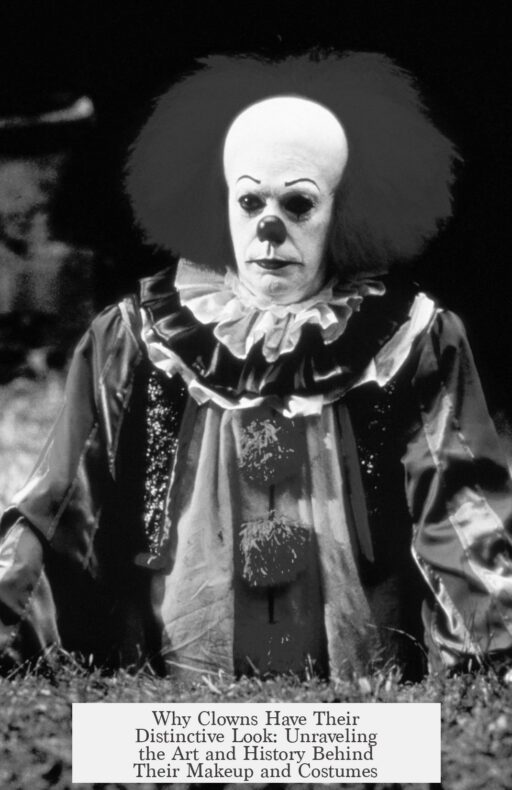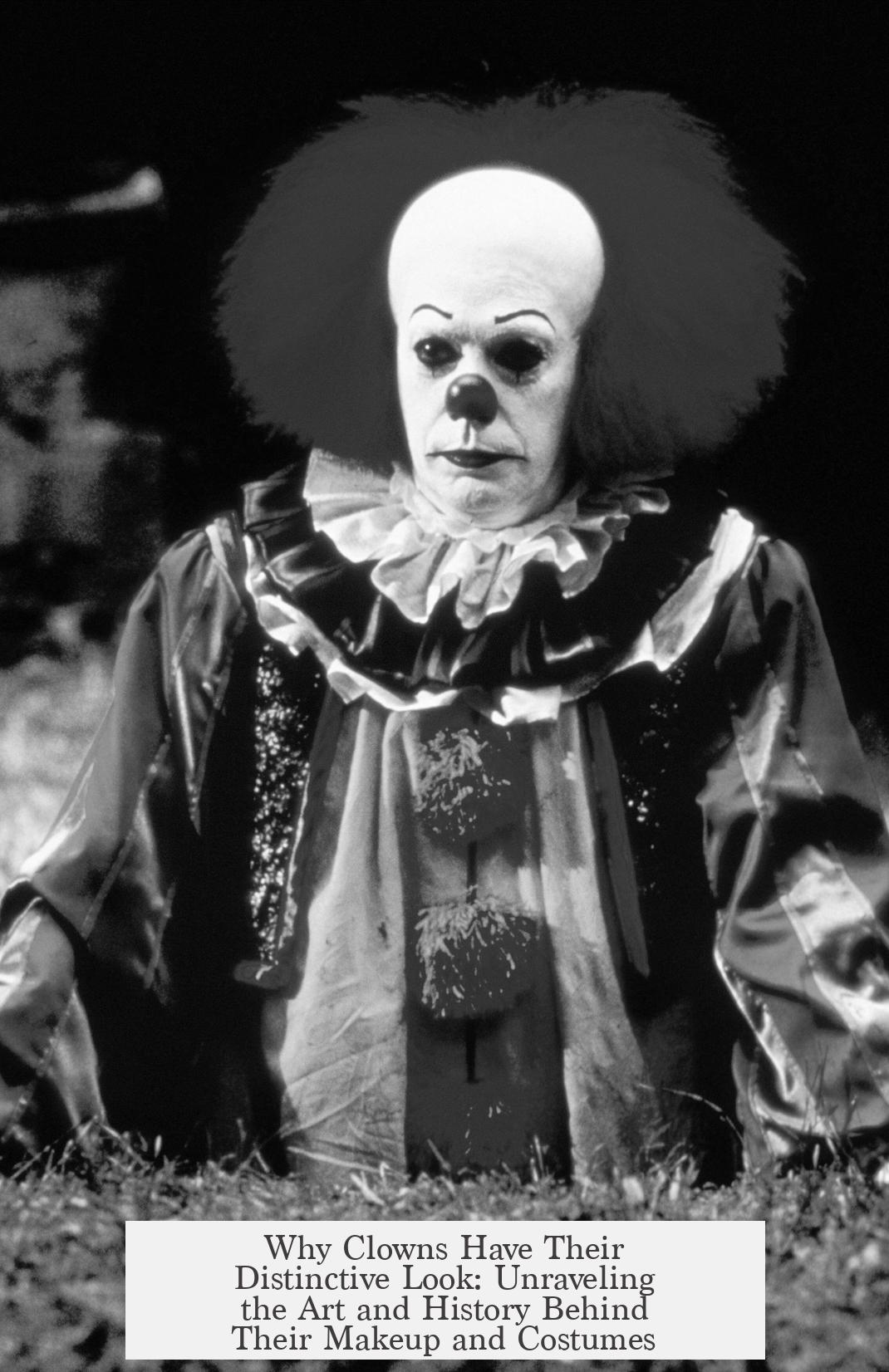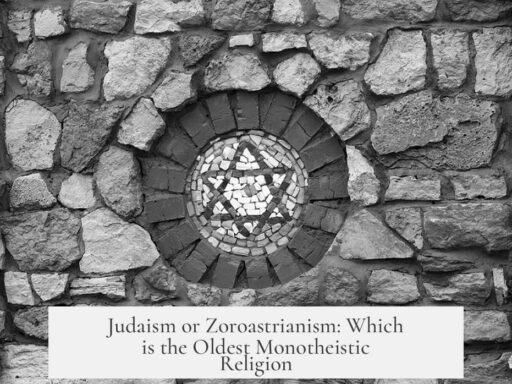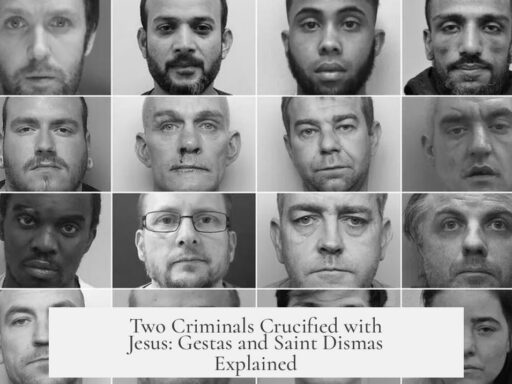Clowns look the way they do primarily because of historical roles and theatrical needs established in the 19th century. Their appearances stem from two main categories: white-face Joeys and tramp-like Augustes, each with distinct makeup and costumes to highlight character traits and enhance stage visibility.
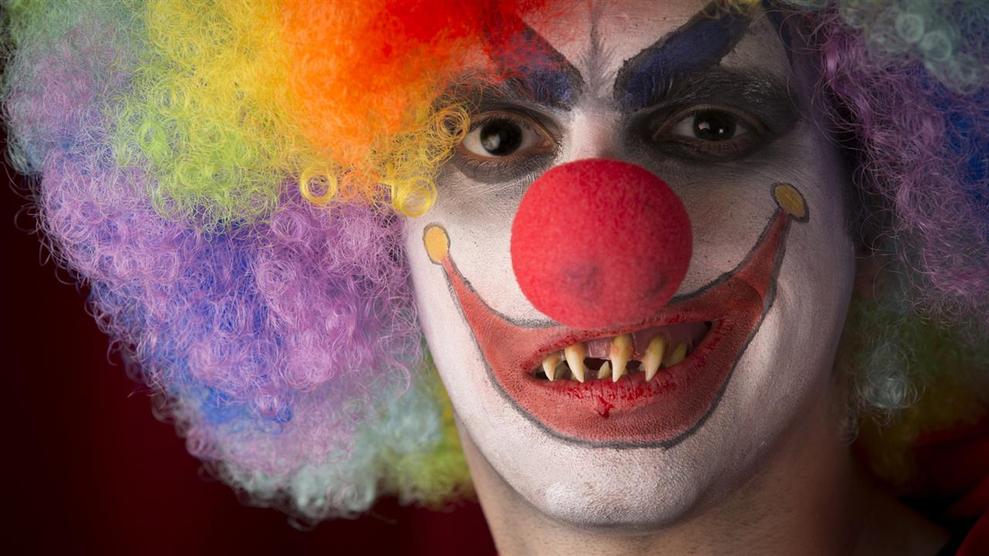
The white-face Joey clown derives from Joseph Grimaldi, a famous English clown from the early 1800s. His makeup featured a white base with black eyebrows, red lips, and large red triangles on his cheeks. This design was practical: in dim stage lighting, the contrast helped audiences clearly see his exaggerated facial expressions. The red triangles were said to mimic a child’s flushed cheeks after eating sweets, adding a playful innocence. Variations of Joey’s makeup continue today, with clowns designing personal looks based on this foundational style. Contrary to some misconceptions, Joey’s makeup did not incorporate African stereotypes.
In contrast, Auguste clowns resemble tramps or comedic fools who often sabotage the Joey’s plans. Augustes usually wear ragged clothing and have exaggerated, messy makeup. This style creates a visual foil to the neat and controlled Joey. Famous Augustes include Otto Griebling and Emmet Kelly, whose performances emphasized this bumbling character. The dynamic between Joey and Auguste resembles classic comedy duos like Laurel and Hardy, where one character’s antics disrupt the other’s intentions.
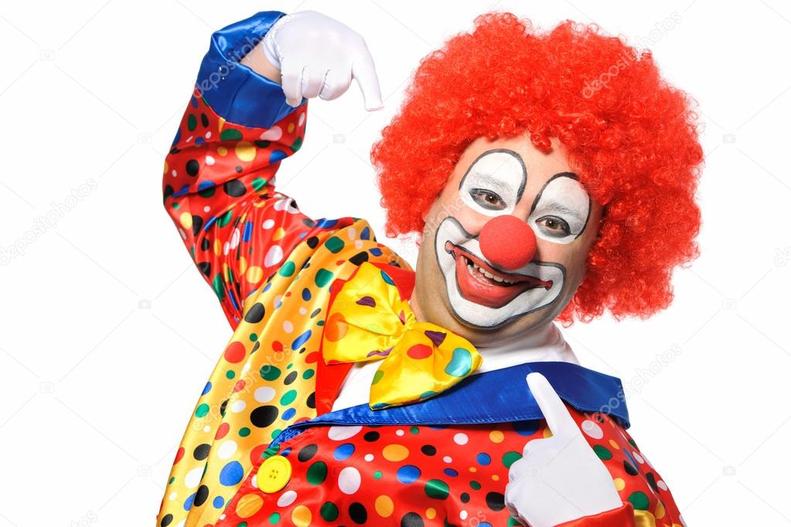
Examples illustrate these roles well. The Swiss Auguste Grock paired with multiple Joeys during a lengthy career, exemplifying the classic opposition. The French duo Footit and Chocolat showed another dimension: Footit as the white-face Joey acting childlike, and Chocolat—a Black performer—wearing little makeup except possibly accentuated lips. Instead of ragged clothes, Chocolat wore elegant gloves and attire, highlighting his role’s sophistication and contrasting with the typical tramp image.
It is important to note the influence of minstrel shows, which began around the time of Grimaldi’s death. These shows featured white performers in blackface, often with exaggerated, racist stereotypes. One key figure was Thomas Daddy Rice, who popularized the blackface character Jump Jim Crow in American circuses. Though related historically to clowning, these racist portrayals are distinct and separate from traditional clown categories like Joey and Auguste.
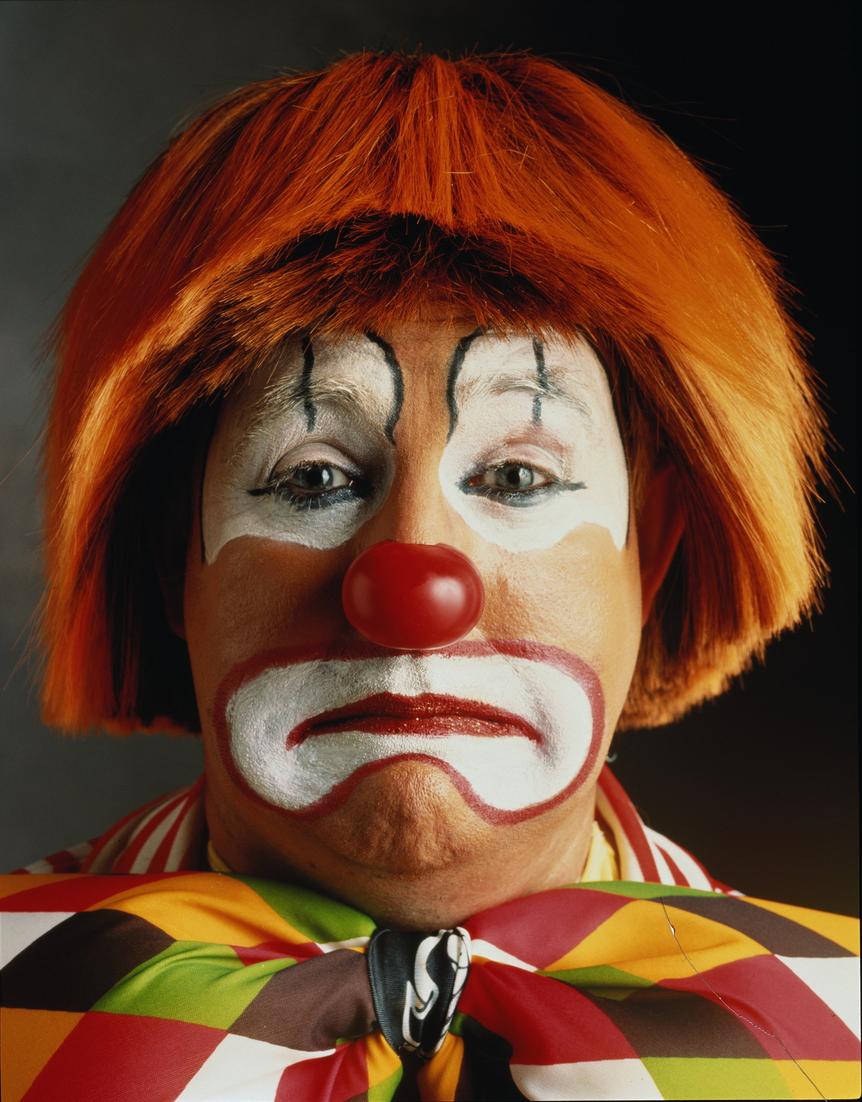
- Clown makeup originated to enhance facial expressions on dim stages.
- White-face Joeys have a neat, childlike design inspired by Joseph Grimaldi.
- Augustes are tramp-like clowns who disrupt the Joey’s plans, often wearing ragged clothes.
- Duos like Footit and Chocolat demonstrate the contrasting roles clearly.
- Minstrel shows influenced some clown imagery but are separate from classical clown makeup.
Why Do Clowns Look the Way They Do? Unmasking the Colorful Faces Behind the Comedy
Let’s start with the answer: Clowns look the way they do because of centuries-old theatrical traditions designed to amplify expression, humor, and storytelling. Their distinctive makeup and costumes aren’t random or just for laughs—they serve practical and narrative purposes, rooted in the evolution of performance arts.
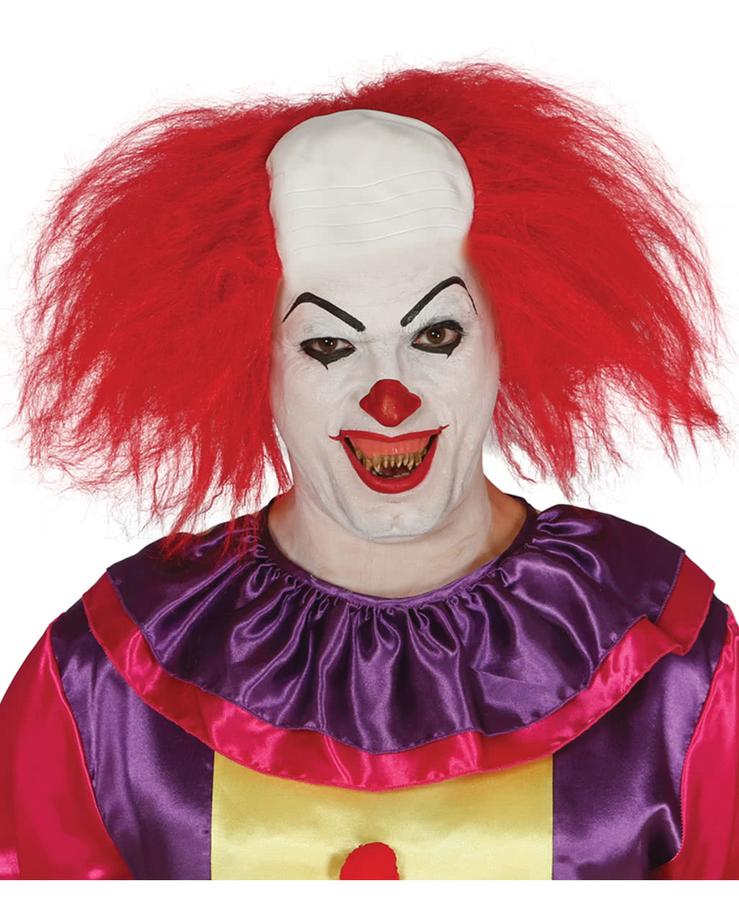
Now, ready for a journey into clown history? Fasten your oversized, polka-dotted bow tie!
Two Main Clown Archetypes: The Joey and The Auguste

Clowns typically fall into two broad categories: white-face Joeys and tramp-like Augustes. Understanding these two helps decode why clowns’ appearances are so vivid.
The “Joey” clown, named after Joseph Grimaldi—a giant of early 19th-century English theatre—is known for his white base makeup, with striking red lips, black eyebrows, and sizable red triangles on his cheeks. Ever wonder why the cheeks look like a kid who’s devoured a jelly tart? That’s exactly the origin: it was meant to mimic a child with cheeks stained by sweets. This simple, bold look was genius in its time, especially since stage lighting was dim and limited. The white background and stark contrasts allowed actors to project clear, exaggerated facial expressions across the audience.
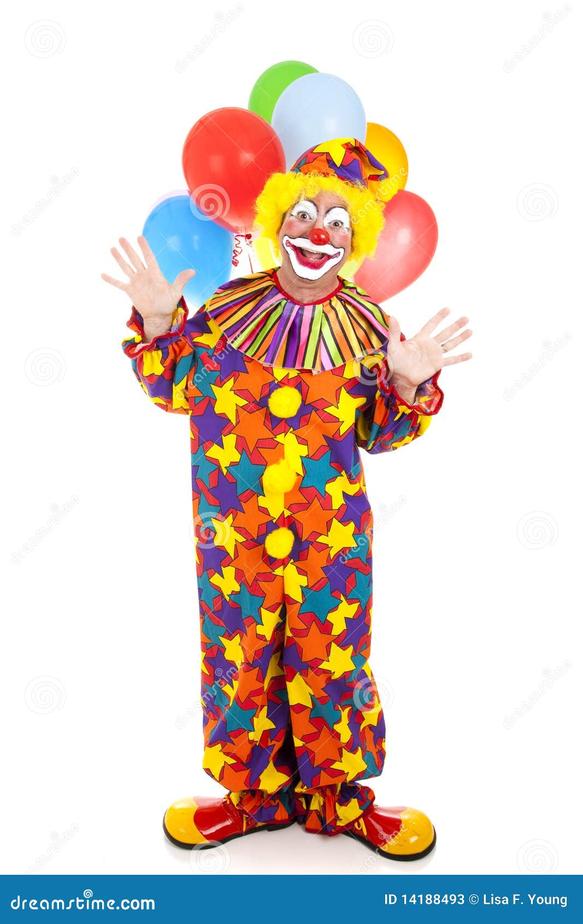
Interestingly, the Joey makeup isn’t a recycled stereotype. It isn’t connected to African caricatures or racial stereotypes—despite some misconceptions. Instead, each clown develops a personal twist on the basic design, making the look uniquely theirs.
The Auguste: The Clown Who Gets Slapped
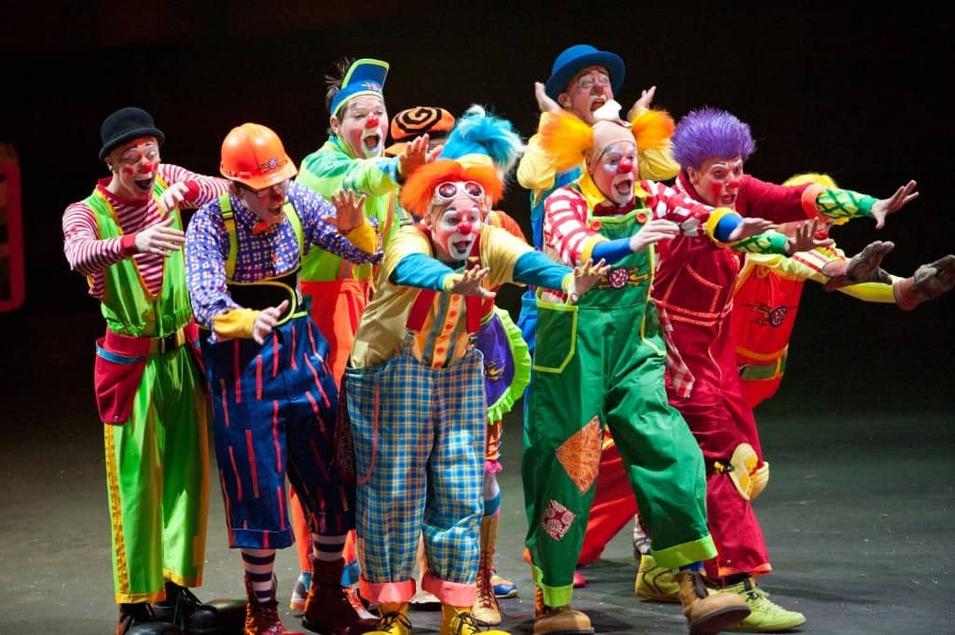
Then, we have the “Auguste,” also known as “He Who Gets Slapped.” This clown is the lovable mess-up, the comic foil to the confident, neat Joey. Augustes are often dressed raggedy, embodying a kind of clown “vagrant,” while Joeys are tidy and precise. The humor blossoms from their clash: while Joey tries to execute a plan, Auguste stumbles in, disrupting everything. It’s slapstick gold.
Think of famous duos like Laurel and Hardy. Laurel often plays the bumbler (Auguste), undercutting Hardy’s schemes (Joey). This classic pairing underpins much clown comedy. Otto Griebling and Emmet Kelly are excellent examples of this Auguste tradition in action, bringing a sort of ‘tragic lovable loser’ vibe to the stage.
Famous Duos and What They Tell Us About Clown Looks
- Grock, the Swiss Auguste, showcased how the tramp-like style could charm audiences during a long, successful career. He teamed with various Joeys, emphasizing that these distinct clown types are two halves of a comedic whole.
- Then there’s the intriguing French duo Footit and Chocolat. Footit, the Joey, played a spoiled child, while Chocolat, the Auguste, acted as the clueless servant. Chocolat, notably, was likely of Cuban origin and performed with minimal makeup, highlighting his Black identity without mocking it. He wore elegant attire and white gloves, using sophisticated gestures instead of makeup masks to communicate humor.
This really flips the script on the notion that clown faces originated from racial caricatures. Chocolat’s look was a deliberate, dignified contrast to typical clown stereotypes, blending the art of clowning with social commentary.
The Dark Shadow of Minstrel Shows
History takes a complicated turn here. While traditional clown makeup doesn’t draw from racial stereotypes, the era saw the rise of minstrel shows, featuring white performers in blackface makeup with exaggerated antics. These shows toured widely—including France in the 1840s—often reinforcing harmful stereotypes under the guise of entertainment.
Thomas “Daddy” Rice in the U.S. popularized the “Jump Jim Crow” character as a blackface clown, further entangling racialized performance with circus traditions. It’s important to differentiate these racist entertainments from the genuine clown heritage inspired by Grimaldi and others.
This background helps us realize why clown makeup design deliberately avoids having any real connection to blackface stereotypes, although, unfortunately, the two have been conflated in popular culture.
Why Does This Matter Today?
Understanding the roots of clown appearances helps dispel myths and arguments about their origins. When you see a clown’s white face and red cheeks, you’re witnessing a carefully crafted theatrical symbol— one built to exaggerate emotion and bring joy, not to offend or stereotype.
Moreover, recognizing the differences between the neat and dapper Joey and the bungling, ragged Auguste teaches us about performance dynamics. It’s a dance of order and chaos, pride and humility, much like life itself.
What Can We Learn From Clown Makeup?
- Makeup enhances expression: The exaggerated features make emotions visible from afar.
- Visual storytelling: The contrast between characters tells a story even before a word is spoken.
- Respect tradition, recognize evolution: Clown artistry has roots in history but keeps evolving today.
Final Thoughts
The next time you encounter a clown’s painted face, remember it’s not just a “funny mask.” It’s a theatrical instrument shaped by history, culture, and careful craft. Underneath the big shoes and red nose are centuries of performance art designed to connect, entertain, and provoke laughter. And maybe, just maybe, a gentle reminder that life’s ups and downs are better faced with a smile—no matter how exaggerated.
So, why do clowns look the way they do? Because every mark, color, and costume has a purpose. It’s a blend of clarity, contrast, and comedy woven into visual language anyone can understand—on a stage lit by candlelight or spotlight alike.
